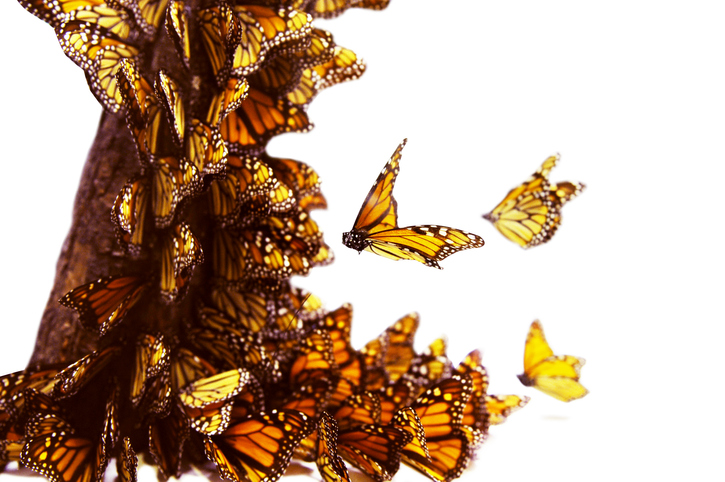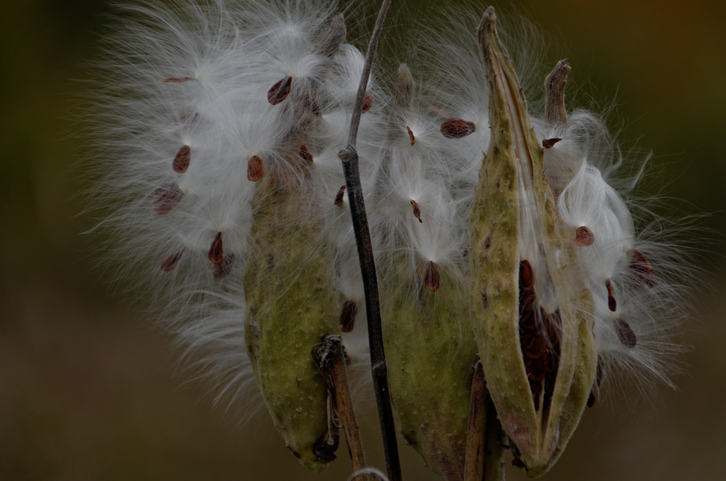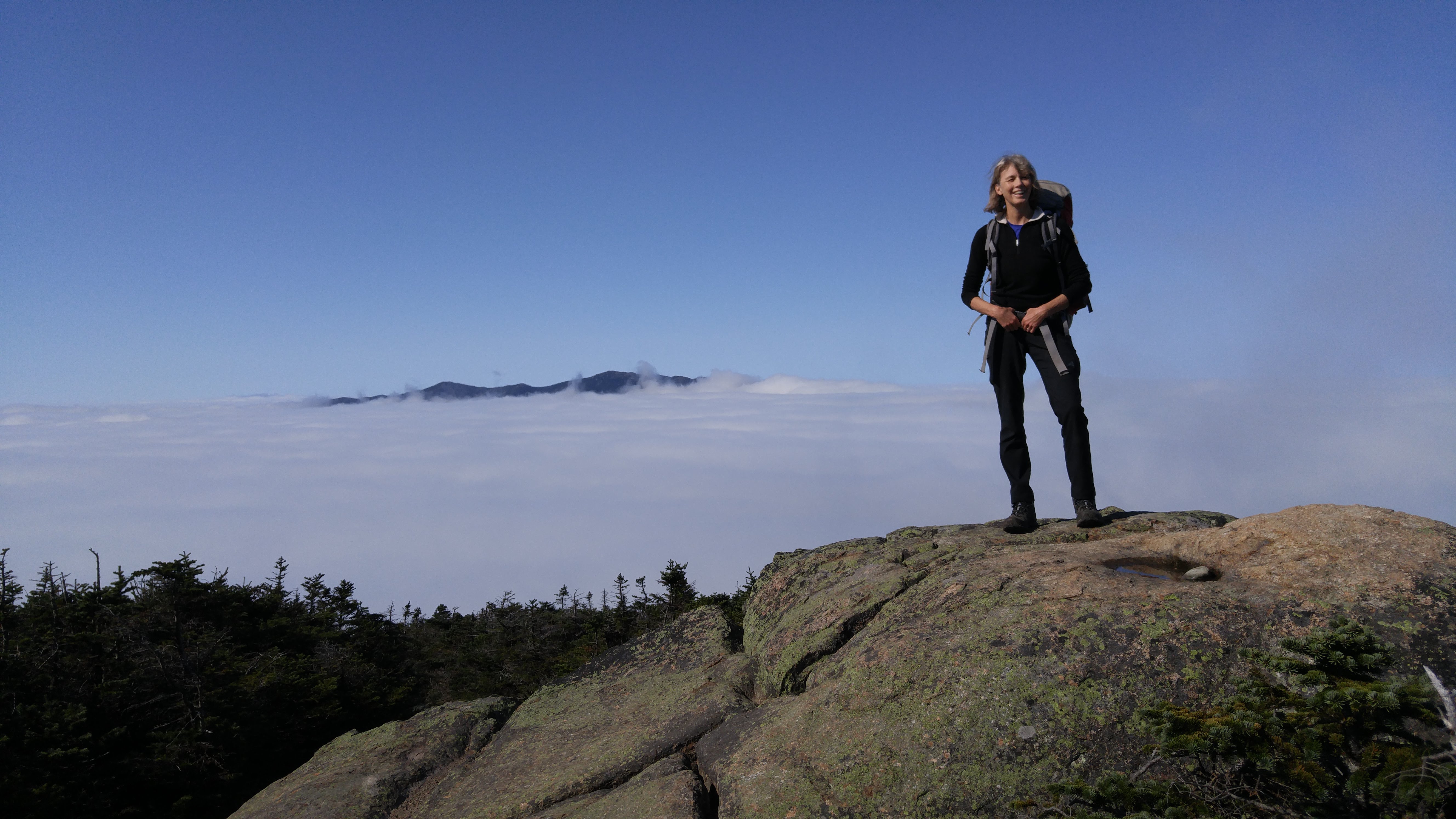
Monarch butterflies number appear to to have grown dramatically, but a wildlife biologist says Canada should step up efforts to help them. The iconic, orange and black insect migrates 5,000 km from Canada and the northern United States in October to escape the cold winter months.
These endangered butterflies winter in central Mexico highlands where their numbers are measured by the area they take up. The latest observation shows the area to measure just over 6 hectares compared to 2.4 hectares the year before.

Monarch butterflies migrate to Mexico when the cold of winter strikes Canada and the northern U.S. (iStock)
Favourable breeding, migrating conditions helped
Calling this the best news possible, Carolyn Callaghan, a biologist with the Canadian Wildlife federation, says there could be a few reasons for the increase.
“We suspect it has a lot to do with weather,” she says. “We had amazing breeding conditions last summer and we had excellent migratory conditions.
“The fall before last, although the breeding season was good…they were hit by tornadoes on the way down.”
Besides this, Callaghan says the United States made enormous efforts to improve habitat for the monarchs. It did this by extensively planting milkweed which the butterflies need to reproduce and wildflowers and the nectar which they consume.

Milkweed plants and other wildflowers have been planted alongside highways in the U.S. to provide habitat for migrating monarchs. (iStock)
Plants needed along migratory route
It is not a individual monarch that makes the full migration. An individual will stop along the way and reproduce, and the next generation carries on the migration. It may take four or five generations to complete the migration.
Another benefit for the monarchs was the effort on the part of Mexico to stop illegal logging that destroys their habitat.
Canada said to be ‘lagging’
While Canada has made some effort to help, Callaghan says it is lagging and “nowhere near the scale that we need to be approaching.” Solutions would include planting milkweed and wildflowers by the side of highways, mowing less and spraying weed killers less. Planting could also be done in private gardens, city parks as well as provincial and national parks.
Representatives of the Canadian Wildlife Federation have met with officials from the government departments responsible for the environment and for national parks. Callaghan says: “We need all oars in the water to make a difference for monarchs.
“And while this year’s news is so exciting, it could be a one-year event. It could be that climate change is going to have its impacts. We may have a terrible breeding season in 2019 and that’s going to cause the population to go down significantly.
“So, we need to almost overachieve for monarchs so that we allow that buffer for them.”

(photo: Heather MacDonald)
Biologist Carolyn Callaghan explains why monarch butterfly numbers have increased dramatically and why she thinks Canada should do more to support them.


